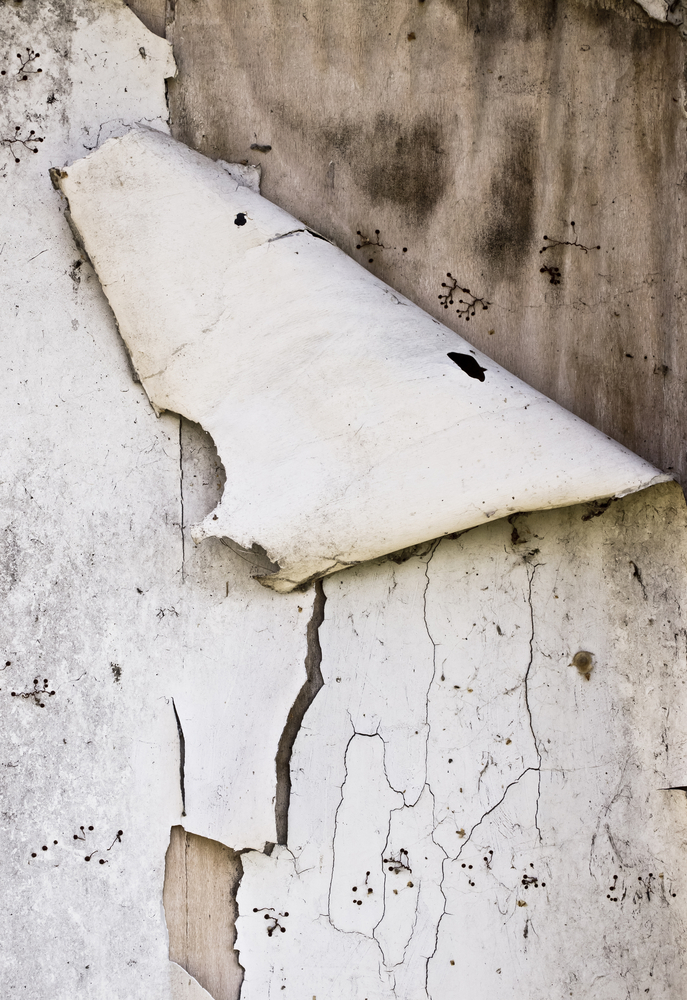 |
Title IV of the Toxic Substances Control Act (TSCA) is the primary law for regulations covering lead in construction, including Lead-Based Paint Poisoning Prevention in Certain Residential Residences. This regulation covers a range of requirements not only for the construction industry but for those selling or renting such structures and for state and tribal programs. Today we will look at only the section that applies to construction specifically.
Part 745 Subpart E—Residential Property Renovation contains the requirements of EPA’s Lead Renovation, Repair, and Painting rule, which was last amended in 2011, and defines multiple requirements that begin well before any construction project can proceed. These requirements apply primarily to “child-occupied” facilities, which can be residential, public, or commercial, and constructed before 1978. Subpart E requirements include:
- (745.84 ) Information distribution requirements—pertains to providing the EPA’s “Renovate Right” pamphlet 60 days before beginning renovation activities as well as additional notifications, acknowledgement, and recordkeeping requirements.
- (745.85) Work practice standards—establishes the requirement for certification as well as interior and exterior renovation activities, prohibited and restricted practices, and waste containment and management practices during and after renovation activities.
- (745.86) Recordkeeping and Reporting—including all certifications, sampling and testing, receipt acknowledgements, mailing/delivery certificates, and posting requirements (all of which must be retained for 3 years).
- (745.87) Enforcement and inspections—defines specific violations and agency inspection rights.
- (745.88) Recognized test kits—defines required, approved test kits to be used and negative and positive response criteria.
- (745.89) Firm certification—defines certification and recertification requirements, application and amendment processes, and firm responsibilities.
- (745.90) Individual renovator certification and dust sampling technician certification—defines certification and refresher course requirements, and renovator responsibilities, and dust sampling technician responsibilities.
- (745.91) Suspension, revoking, or modifying an individual’s or firm’s certification—outlines reasons, processes, and recertification requirements.
Train Better in 2013
Environmental Training Library combines an extensive library of prewritten environmental training materials developed by BLR’s experts. Get it Now.
In addition, Subpart L—Lead-Based Paint Activities also contains two pertinent construction-related sections, the first containing certification requirements applicable only to individuals and firms operating in areas not already under the jurisdiction of a state or tribal program, and the second providing more specific information about work practice standards.
The first section is 745.226 Certification of individuals and firms engaged in lead-based paint activities: target housing and child-occupied facilities. This section defines in more detail certification requirements for individual lead-related service providers including Inspectors, Risk Assessors, Supervisors, Project Designers, and Abatement Workers. Information includes requirements for specific training, advanced education/coursework and experience for each level of certification, as well as required support documentation, recertification requirements, and reapplication processes.
Also included in 745.226 is information regarding “alternative procedures” for workers trained between October 1, 1990, and March 1, 1999, to be eligible for certification, as well as overall recertification requirements. Certification of firms is also defined and includes the certification process including recordkeeping, application, and fees.
Deliver fast and effective Environmental, DOT, and OSHA training with Environmental Training Library. Get it Now.
The second section is 745.227, Work Standards for conducting lead-based paint activities: target housing and child-occupied facilities. This section defines appropriate, documented methodologies published by the EPA and the U.S. Department of Housing and Urban Development (HUD) to be used, as well as actual work practices for the activities performed by each of the above certified service providers. In addition, this section provides important instructions for activity-specific tasks, including notification of the EPA, occupant protection planning, procedures, inspection, sampling, collection and laboratory analysis of samples, and clearance activities.
Each of the lead regulations is very specific and requires a high level of training and commitment to meet and maintain compliance. Tomorrow we will look at several of the most-often-violated aspects of the regulations revealed in late 2012 when the EPA announced enforcement actions against 16 firms nationwide.

1 thought on “Navigating the Regulations for Lead in Construction”